
Mina Jafarnia, and J. John Kirubakaran (2018). The Medicine Trade along the Silk Road. The People Museum Journal , Volume 4, Issue 1, ISSN 2588-6517

The Medicine Trade along the Silk Road
Mina Jafarnia
Student of Pharm.D.
GIET school of Pharmacy, Andhra University, Rajahmundry, India.
J. John Kirubakaran
Associate Professor, Department of Pharmacy Practice.
GIET school of Pharmacy, Andhra University, Rajahmundry, India.
Introduction
The medicine trade and its routes connecting the ancient civilizations of Asia, Northeast Africa and Europe on the Silk Road have a history that has been shrouded in mystery, riches, and wars, but if the silent jars of medicine on the traditional pharmacy racks could talk about their past, they would have an intriguing story to tell. The same trade was active preceding the Silk Road through the Persian Royal Road during the period of the Achaemenid Empire (around 500-330 BCE) connected the city of Susa an ancient city of the Persian Empire (present-day Iran) to the port of Smyrna (present-day Izmir in Turkey). In the ancient days, spices were use as medicine which came from lands unseen, unheard of, even unimaginable and the medicine trade was so lucrative that merchants to protect their own interests had composed frightening stories of dangerous lands perched on mountain tops and birds of prey that closely guarded the treasures of the east.
Medicine in Ancient Literature
Some of its early Literature can be found in the ancient Chinese, Indian, Egyptian, Mesopotamian and Persian literature where it has been a predominant ingredient in food and medicine for many centuries. Spices and medicines such as cinnamon, cassia, cardamom, cloves, pepper, nutmeg, saron and turmeric have long been known to humans and have been used to enhance the avor, aroma and even the color of food, besides its use for healing many illnesses [3].
Medicine in India
The earliest mention of spices in Indian literature can be found in the ancient Hindu scriptures of Rig Veda, Yajur Veda and Atharva Veda which lists a number of healing plants. The Rig Veda which is the rest of the four Vedas, is said to be composed between about 1500 and 1200 BCE. Also The Arthashastra written in the 4th century BCE by Kauṭalya an Indian teacher, philosopher and royal advisor mentions the use of spices including pepper, ginger, cardamom, coriander, cumin seed, turmeric and anise used in the food, as part of the eating habits, of the people[3].
The use of spices in healing can also be found in the Sushruta Samhita (Sushruta's compendium) an ancient Sanskrit text on medicine and surgery, written by Sushruta an ancient Indian physician. The Sushruta Samhita is one of the foundation texts for Ayurveda, considered to be one of the world's oldest medical systems [3].
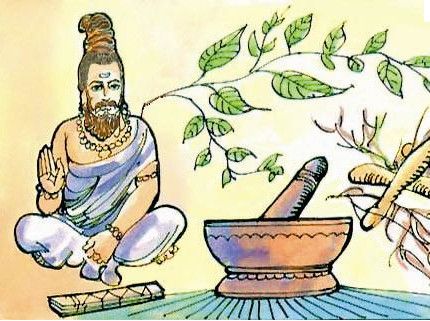
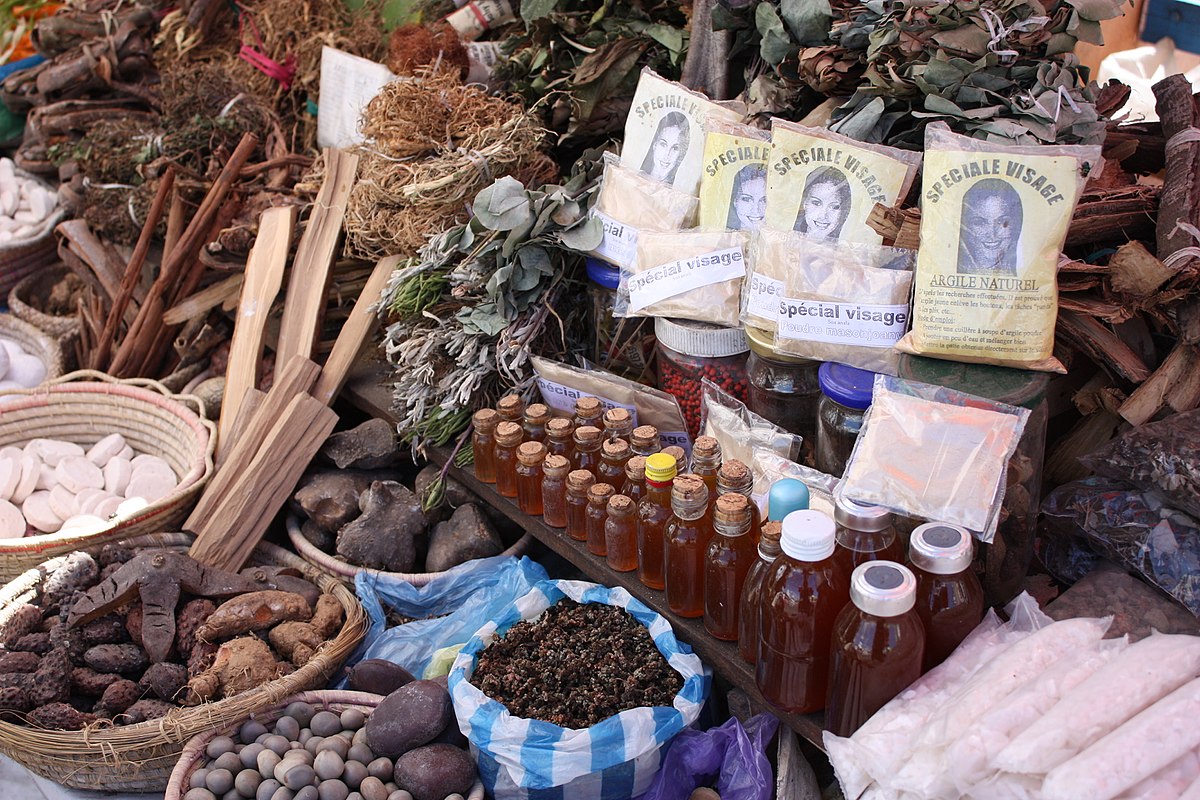
Figure 1: Indian medicines
Medicine in China
China is a country with a rich history and ancient culture. However, this country since ancient times is famous not only for its technical innovations, but also for its medicine. China has many temples and schools of thought, which still practice the ancient methods for disease treatment. In addition, almost every Chinese knows a few herbs or exercises to help maintain physical health [2].
The legendary Chinese emperor Shen Nung is assumed to have written the 'Pen Ts’ao Ching' around 2700 BCE. The early Chinese materia medica mentioned more than a hundred medicinal plants including the spice cassia [3]. Later during the Ming dynasty, Li Shih Chen wrote Pen Ts'ao Kang Mu (The Great Herbal) which summarizes what was known of herbal medicine up to the late 16th century.
Dunhuang was a hive of activity where everything — from the works of famous Chinese medical authors to anonymous Tibetan collections of recipes for contagious illnesses — were copied and translated into many languages for the peoples of the Silk Road. Modern scholars from all around the world now use the Dunhuang collections as an important resource for understanding the medieval world and the transmission of technical knowledge along the Silk Roads. Links to some of the medical manuscripts with brief descriptions are given below. One can see ( Fig 2) many manuscripts which tell about plagues and illnesses on the Silk Road. This manuscript was written before AD 803 and it is a text entitled 'The Ten Fatal Maladies'. The seventh column (from the right hand side) of this manuscript reads: 'This year when the crops were ripe, the was no-one to harvest them. People were dying of many illnesses.' . also in another manuscript (Fig.3) gives remedies for various illnesses or problems. This section is a cure for baldness. 'Rub in horse-mane oil regularly; the hair then begins to grow spontaneously.' [1].
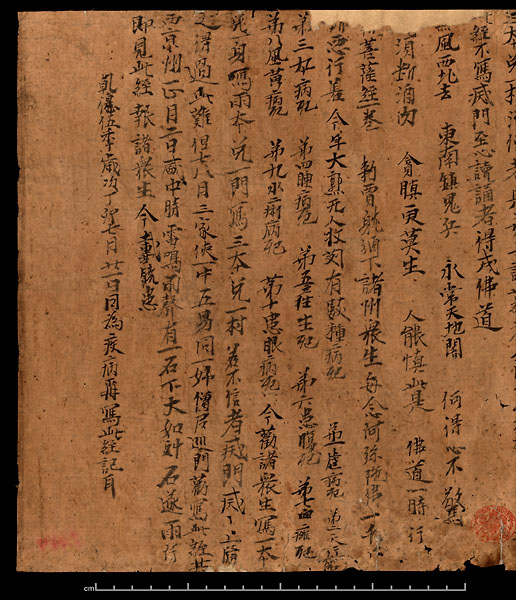
Figure 2: Manuscript about about plagues and
illnesses on the Silk Road. Institute: British Library, Site: Dunhuang Mogao
(none), Form: scroll Materials: manuscript, ink on paper, Size (h x w) cm: 30 x
40
http://idp.bl.uk/database/oo_scroll_h.a4d?uid=9071157006;bst=1;recnum=8371;index=1;img=1
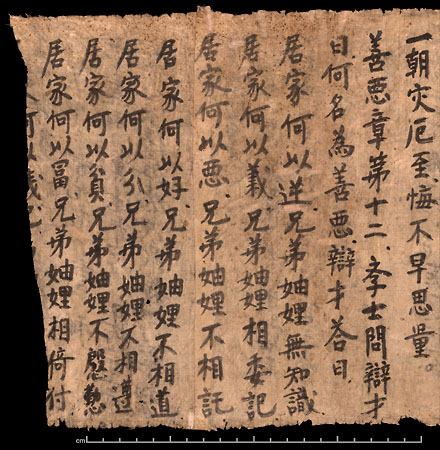
Figure 3: Manuscript about plagues and
illnesses on the Silk Road. Institute: British Library, Site: Dunhuang Mogao
(none), Form: scroll, Materials: manuscript, ink on paper, Size (h x w) cm: 25 x
120
http://idp.bl.uk/database/oo_scroll_h.a4d?uid=90639083211;bst=1;recnum=9283;index=1;img=1
Traditional Chinese medicine is rather a system of different philosophies about human energy and human nature originated in Ancient China in the first millennium BC, based on the observation of human body functioning. In addition to the medicine itself, it includes a variety of practices and philosophies. A rising tide of interest in traditional Chinese medicine has grown up, and today it is rightly one of the most popular medicines in the world [2].
Traditional Chinese medicine consists of several components, or rather philosophies. One of them is the doctrine of the CHI (TSI) - the vital energy inherent in every organism. The Chinese believe that half of Chi depends on genetics and the other half depends on the chosen human path, i.e. on the way of thinking and acting. The vital energy should circulate freely throughout the body, but if there is a failure (a wrongly chosen path), then it can lead to disease.
Chinese medicine aims to restore Chi energy through a variety of integrated techniques. Up to date a usual practice is to use such methods as acupuncture, Su Jok, herbal therapy, massage therapy and, of course, yoga. The latter is one of the most common ways for women all over the world to keep fit.

Figure 4: Yin and Yang
Another teaching underlying the Chinese medicine basis that can be called a cornerstone of Chinese philosophy is the doctrine of Yin and Yang (Fig. 4), which means the duality of all things and, at the same time, their unity. This teaching is manifested even in the right nutrition. The Chinese believe that food should be consumed according to the level of Yin and Yang contained in it. Many types of diets have come from China, based on the balance of products, which contain the Yin and Yang [2].
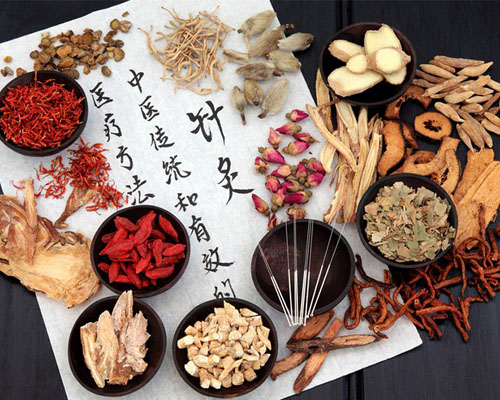
Figure 5: Chinese medicine.
Of course, the traditional Chinese medicine cannot treat a malignant tumor, but herbs, massage, and treatment of energy flows in the body can cure some chronic diseases, as well as improve the health without interference of synthetic drugs [2].
Medicine in Egypt
Not all of Egyptian medicine was based on wishful thinking, much was the result of experimentation and observation, and physical means supplemented the magical ones. Apart from spiritual healing and herbal medicine, Ancient Egyptians practiced massage and manipulation and made extensive use of therapeutic herbs and foods, but surgery was only rarely part of their treatments [4].
According to Herodotus there was a high degree of specialization among physicians [5]. The Egyptians were advanced medical practitioners for their time. To some extent, they had a basic knowledge of organ functions within the human body [6]. Their great knowledge of anatomy, as well as the crossover of knowledge between the Greeks and Persian culture areas, led to an extensive knowledge of the functioning of the organs, and branched into many other medical practices. Herodotus and Pliny were among Greek scholars, who got benefit from this cross over and further contributed to the ancient and modern medical records, reached from the time of Ancient Egypt and into the modern era [7].
Ancient Egyptians were as equally familiar with pharmacy as they were with medicine. According to historical records, Ancient Egyptians involved in the medical and pharmaceutical profession used to recite certain incantations while preparing or administering medications. They were also familiar with drug preparation from plants and herbs such as cumin, fennel, caraway, aloe, safflower, glue, pomegranates, castor and linseed oil. Other drugs were made of mineral substances such as copper salts, plain salt and lead. Eggs, liver, hairs, milk, animal horns and fat, honey and wax were also used in drug preparation [8]. Here on Ancient Egyptian medicine particularly herbal remedies and prescriptions we see that they are in fact the basis of our natural medicine [9].
Herbs played a major part in Egyptian medicine. The plant medicines mentioned in the Ebers Papyrus for instance include opium, cannabis, myrrh, frankincense, fennel, cassia, senna, thyme, henna, juniper, aloe, linseed and castor oil - though some of the translations are less than certain. Cloves of garlic have been found in Egyptian burial sites, including the tomb of Tutankhamen and in the sacred underground temple of the bulls at Saqqara. Many herbs were steeped in wine, which was then drunk as an oral medicine [10].
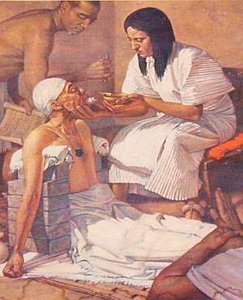
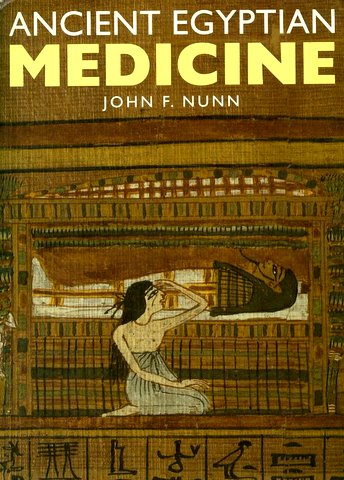


Figure 6: Egyptian medicine.
Egyptians thought garlic and onions aided endurance, and consumed large quantities of them. Raw garlic was routinely given to asthmatics and to those suffering with bronchial-pulmonary complaints. Onions helped against problems of the digestive System. Fresh cloves are peeled, mashed and macerated in a mixture of vinegar and water. This can be used to gargle and rinse the mouth, or taken internally to treat sore throats and toothache [9].
Another way to take garlic both for prevention as well as treatment is to macerate several cloves of mashed garlic in olive oil. Applied as an external liniment or taken internally it is beneficial for bronchial and lung complaints including colds. A freshly peeled clove of raw garlic wrapped in muslin or cheesecloth and pinned to the undergarment is hoped to protect against infectious diseases such as colds and influenza [11].
Related to Coriander, Sativum was considered to have cooling, stimulant, carminative and digestive properties. Both the seeds and the plant were used as a spice in cooking to prevent and eliminate flatulence; they were also taken as a tea for stomach and all kinds of urinary complaints including cystitis. Coriander leaves were commonly added fresh to spicy foods to moderate their irritating effects [9].
Cumin, Cumin cyminum is an umbelliferous herb indigenous to Egypt. The seeds were considered to be a stimulant and effective against flatulence. They were often used together with coriander for flavoring. Cumin powder mixed with some wheat flour as a binder and a little water was applied to relieve the pain of any aching or arthritic joints. Powdered cumin mixed with grease or lard was inserted as an anal suppository to disperse heat from the anus and stop itching [4].
Leaves from many plants, such as willow, sycamore, acacia or the ym-tree, were used in poultices and the like. Tannic Acid derived from acacia seeds commonly helped for cooling the vessels and heal burns. Castor oil, figs and dates, were used as laxatives. Tape worms, were dealt with by an infusion of pomegranate root in water, which was strained and drunk. The alkaloids contained in it paralyzed the worms' nervous system, and they relinquished their hold. Ulcers were treated with yeast, as were stomach ailments [12].
Some of the medicines were made from plant materials imported from abroad. Mandrake, introduced from Canaan and grown locally since the New Kingdom, was thought to be an aphrodisiac and, mixed with alcohol, induced unconsciousness. Cedar oil, an antiseptic, originated in the Levant. The Persian henna was grown in Egypt since the Middle Kingdom, and was used against hair loss. They treated catarrh with aloe which came from eastern Africa. Frankincense, containing tetrahydro-cannabinol and used like hashish as pain killer, was imported from Punt [8].
Minerals and animal products were used too. Honey and grease formed part of many wound treatments, mother's milk was occasionally given against viral diseases like the common cold, fresh meat laid on open wounds and sprains, and animal dung was thought to be effective at times. Lead-based chemicals like carbonates and acetates were popular for their therapeutic properties [9].
Malachite used as an eye-liner also had therapeutic value. In a country where eye infections were endemic, the effects of its germicidal qualities were appreciated [13].
It is interesting to note that ancient Egyptian chemists invented some other drugs, commonly known as household drugs (pesticides), meant to eliminate domestic pests. A popular recipe for pest control was to spray the house with nitron water and firewood coal, mixed with ground “pipit " plant. Goose fat was used to protect against fly bites and fresh oil to cure mosquito bites. Other interesting recipes were made to control reptiles and rodents. For example, a dried fish or a piece of nitron placed at the entrance of a serpent’s hole, will keep it inside. A piece of cat fat spread around the house will keep rats away [14].
Medicine in Persia
Persian Herbal medicine has a long history and Persians have always relied on their traditional medicines to cure different kinds of illnesses. Most of historical bazaars in Iran sell these kinds of Persian herbal medicine. So it can be considered as a Persian product for trade. Silk Road could introduce some of the main Persian herbal medicine to the West and East [15].
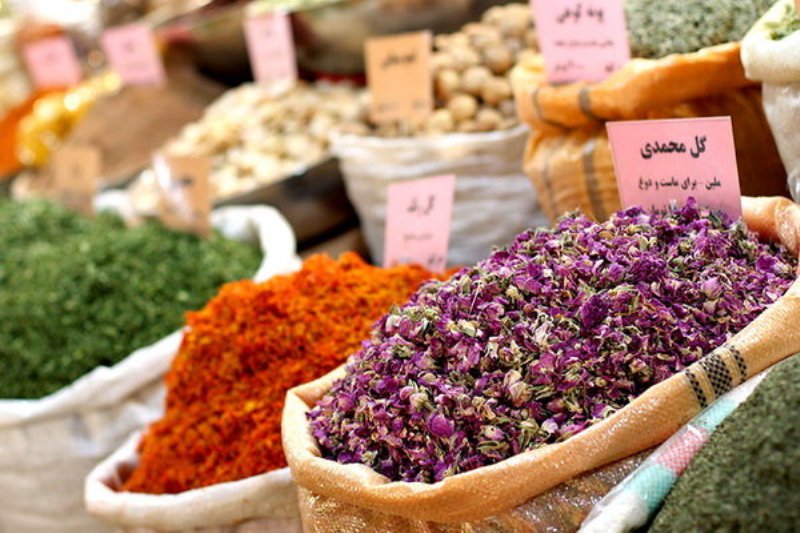
Figure 7: Persian medicine.
Herbal medicine in Iran dates back to ancient times. Even in Avesta, the holy book of Merian (ancient Iranian religion) there are some notes about medical therapy art. A medicine center was found at Gondi Sapur University in the 4th century AD, in which the first international medicine congress was held. Other famous figures of herbal medicine in Iran were Avicenna (980-1037) and Rhazes (850-932).
Here we can mention some of them such as Borage (Gol Gav Zaban) (Fig. 7) grows in the northern parts of Iran and its dried purple flower is used in the same way that tea leaves are used. This herb is good for treating coughs and colds and also calms your nerve if you are anxious. Gol Gav Zaban is also a good source of antioxidants and for heart [15].
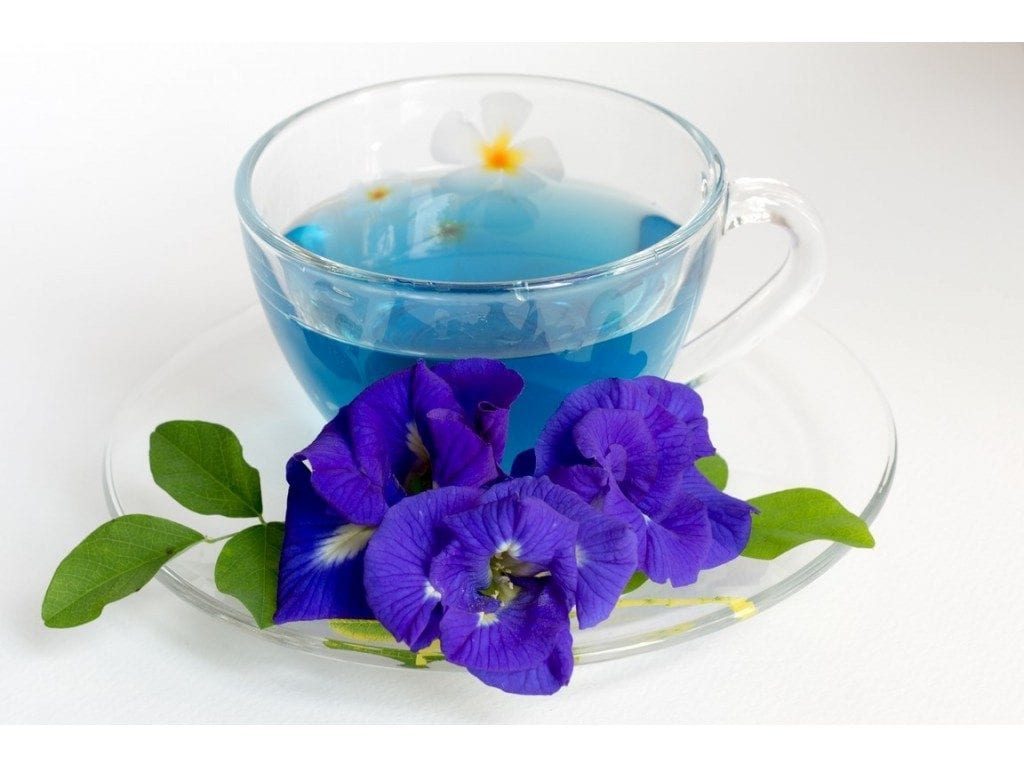
Figure 8: Gol Gav Zaban – Persian herbal medicine.
Valerian (Sonboletip): Valerian is one of those Persian herbal medicine mostly used to calm down the nerves. It’s also helpful for those who suffer from insomnia.
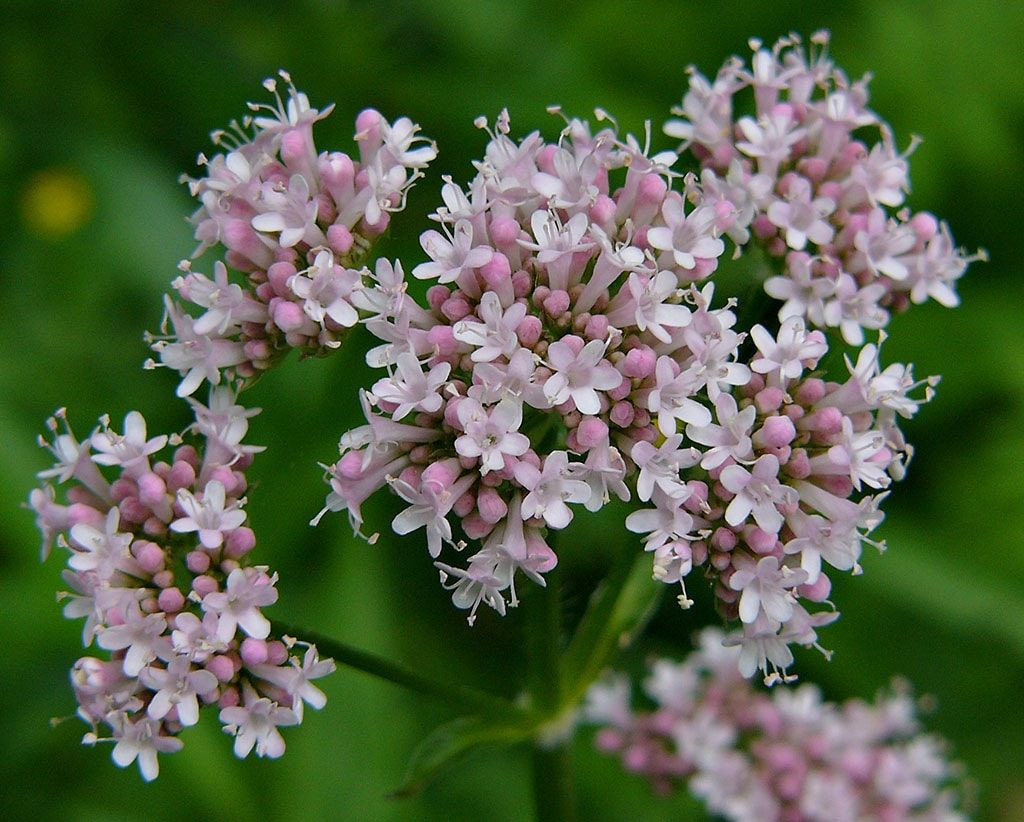
Figure 9: Sonbolotib – Persian herbal medicine.
Rocket seeds (khakeshir): these tiny brown seeds have great health benefits. Khakshir is a natural liver detoxifier and it also improves your skin, clears the blemishes and evening its tone. It is also used to reduce fever and help with constipation. It does not really have much of a taste, but it has an amazing cooling effect and feels extremely refreshing on a hot summer day.
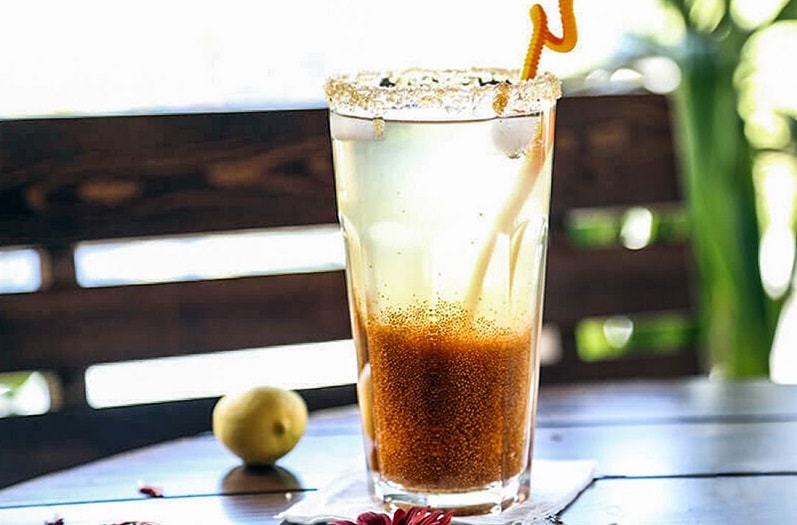
Figure 10: Khakshir.
Chicory (kasni): Distilled water of chicory has a cooling characteristic and reduces the body temperature and it is also good for liver diseases.
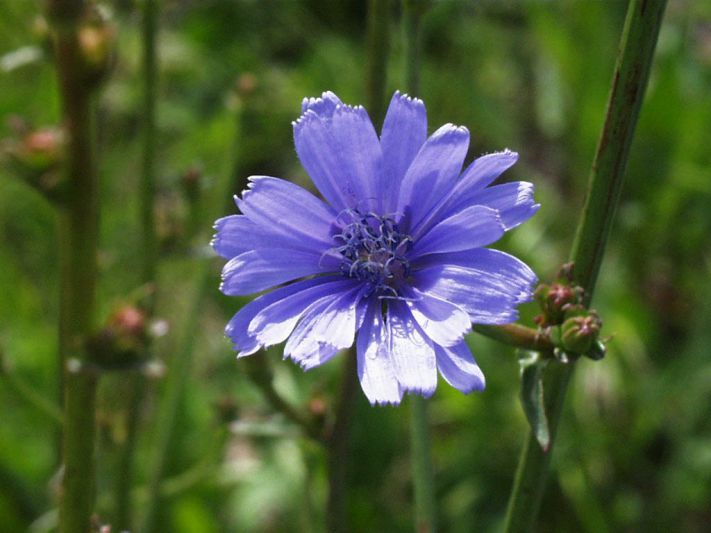
Figure 11: kasni.
Thyme (Avishan): the herbal tea of thyme is good for a dry cough, Pertussis, and upper respiratory tract inflammation as it is a kind of disinfectant. It is also good for digestion problems. If you have problems with your sleeping, this herbal tea can regulate your sleep.
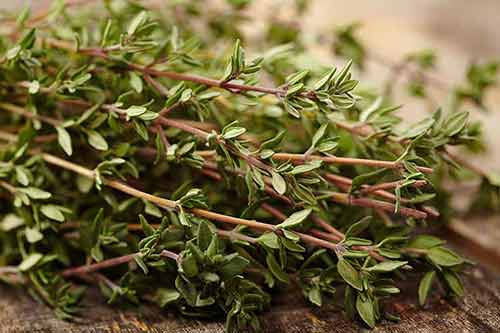
Figure 12: Avishan.
Conclusion
If you had to be ill in ancient times, the best place to do so would probably have been the shop where collected all kinds of herbal medicines from countries along the Silk Road. The Ancient Indian, Chinese, Egyptian, Mesopotamian and Persian were quite advanced in their diagnoses and treatments of various illnesses .Their advancements in ancient medical techniques were quite extraordinary, considering the lack of “modern” facilities, sterilization, sanitation, and researching capabilities. Along with their strong faith in their gods, the Ancient Indian, Chinese, Egyptian, Mesopotamian and Persian used their knowledge of the human anatomy and the natural world around them to treat a number of ailments and disorders effectively. Their knowledge and research is impressive still today, and their work paved the way for the study of modern medicine. The remedies used by Ancient Indian, Chinese, Egyptian, Mesopotamian and Persian physicians came mostly from nature especially medicinal herbs.
We can surely say that Ancient Indian, Chinese, Egyptian, Mesopotamian and Persian put the bases for natural healings. Still, there is a lot of secretes among pharaohs life and their civilization that going more deep and deep trying to solve their puzzles and secrets will help a lot who are encouraging now the voice of back to nature.
References
[1] Vivienne Lo & Volker Scheid. 2,000 years of Chinese acupuncture. A brochure for covering the history of Chinese medicine including practices such as acupuncture and moxibustion. Accessed December 21 2017 http://idp.bl.uk/downloads/ChineseMedicineBooklet.pdf
[2] Advantour. Chinese medicine - philosophy of vital energies. Doctrine of balancing yin and yang energies as a basis of Chinese medicine, Accessed December 8 2017 https://www.advantour.com/china/culture/chinese-medicine.htm
[3] RODOLFO MORAIS (2017). THE SPICE TRADE : HISTORY OF THE ANCIENT TREASURES OF THE EAST.
[4] Zucconi LM (2007). Medicine and Religion in Ancient Egypt, Religion Compass 1 (1): 26–37
[5] Halioua B, Ziskind B, DeBevoise MB (2005). Medicine in the days of the pharaohs, Harvard University Press.
[6] Millet N, Hart G, Reyman T, Zimerman A, Lewein P (1980). "ROM I: Mummification for the Common People," in Mummies, Disease, and Ancient Cultures (eds.) Aiden and Eve Cockburn (Cambridge University Press: Cambridge)
[7] Sanders JB (1963). Transitions from Ancient Egyptian to Greek medicine. University of Kansas Press, Lawrence.
[8] Rosen G (1979). Journal of the history of medicine and allied sciences, Yale University. Dept. of the History of Medicine, Project Muse, published by H. Schuman,
[9] Neveen Helmy Abou El-Soud (2010). Herbal medicine in ancient Egypt. Journal of Medicinal Plants Research, Vol. 4(2), pp. 082-086.
[10] Patrick EM, Armen M, Gretchen RH (2009). Ancient Egyptian herbal wines, PNAS website, quoted in the Article "Study: Herbs added to 5,100-year-old Egyptian wine" on the LD News website, accessed 15.April 2009)
[11] Kathryn A ,Steven B, Shubert B (1999). Encyclopedia of the Archaeology of Ancient Egypt, Routledge.
[12] Majno G (1975). The Healing Hand. Harvard University Press, Cambridge.
[13] Andreas GN, Franz P, Irmgard W, Peter S, Udo L (1995). Extensive pulmonary haemorrhage in an Egyptian mummy, Virchows Arch 427:423-429
[14] Sauneron S (1958). Une recette égyptienne de collyre, BIFAO 57. p.158.
[15] Irandestination. Persian Herbal Medicine. Accessed December 1 2017 https://www.irandestination.com/persian-herbal-medicine/
![]()
© 2018 by the authors.
Submitted for possible open access publication under the
terms and conditions of the Creative Commons Attribution (CC BY) license
(http://creativecommons.org/licenses/by/4.0/).